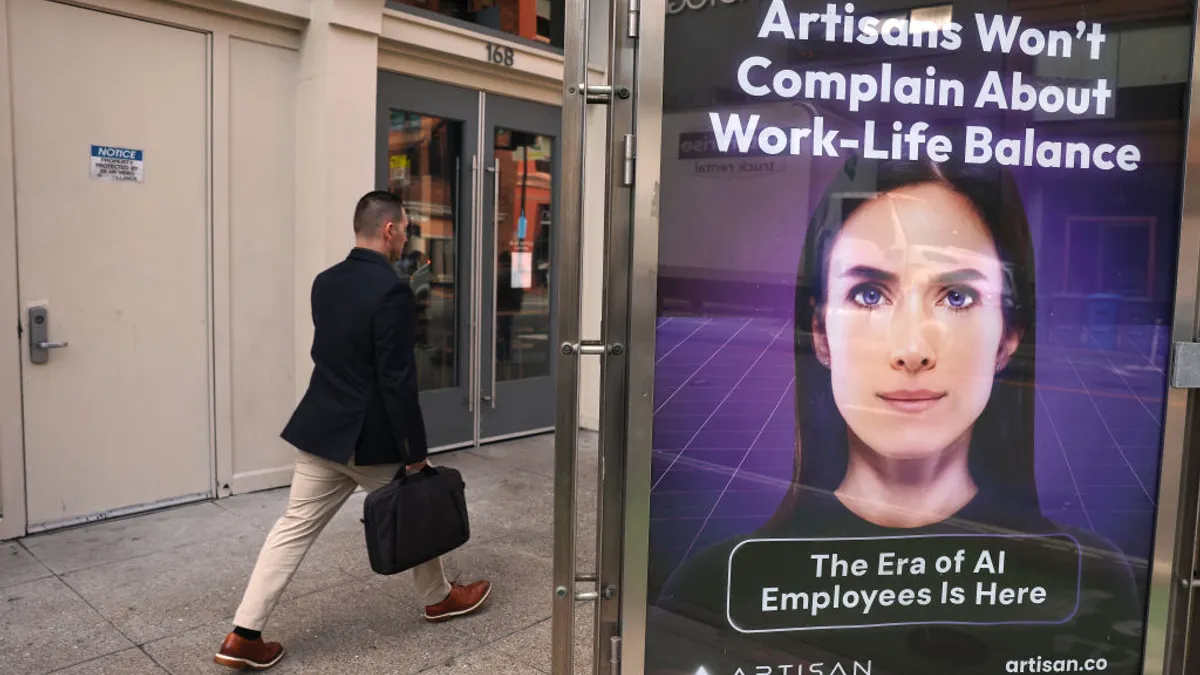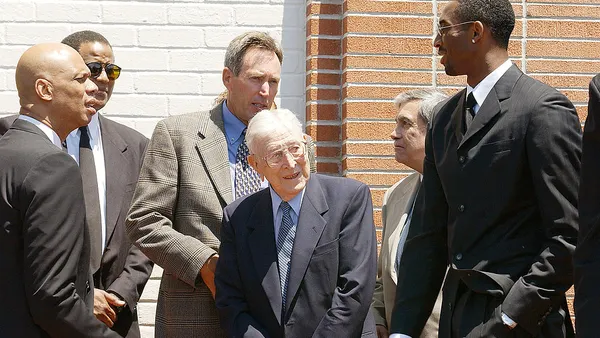Dive Brief:
- As the overall unemployment rate dipped to 4.2% last year, the rate for individuals with disabilities also declined to 9.2%, according to the latest figures from the U.S. Bureau of Labor Statistics.
- Some highlights from the 2017 data show that nearly half of all individuals with a disability were age 65 and older; unemployment rates for individuals with a disability were higher than for those without across all educational attainment groups; and 32% of workers with a disability were employed part time, compared with 17% of those without.
- Demographically, people with a disability tend to be older than those without, demonstrating a correlation between age and disability, BLS said. Women were more likely to have a disability than men, a refection of a longer life expectancy for women, the agency said, and "the prevalence of disability continued to be higher for Blacks and Whites than for Hispanics and Asians."
Dive Insight:
The unemployment rate for workers with disabilities may have declined, but it still remains twice that of the larger population, BLS pointed out.
But as employers grapple with low unemployment and a skills gap, some are targeting previously untapped resources for talent, including the disability community. Likewise, businesses have turned to organizations supporting veterans or the formerly incarcerated, and are re-thinking their stances on hiring former employees.
And while managers sometimes report fears about the cost and effort that could be associated with accommodating an employee with a disability, HR may need to train hiring managers on the Americans with Disabilities Act's nondiscrimination requirements. Moreover, the Job Accommodation Network, which provides accommodation assistance to both employers and employees, says that most accommodations are free (like an exemption to a policy, for example) and, of those that involve a cost, most are about $500.












